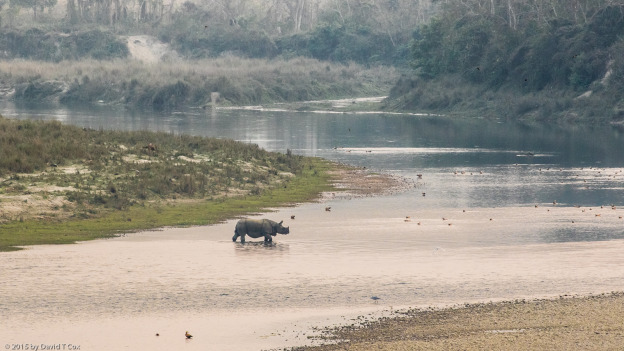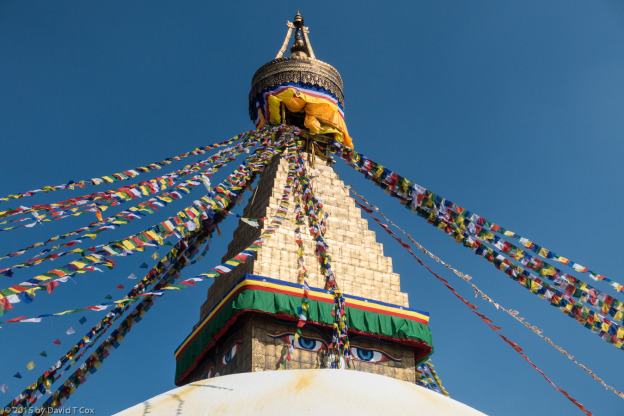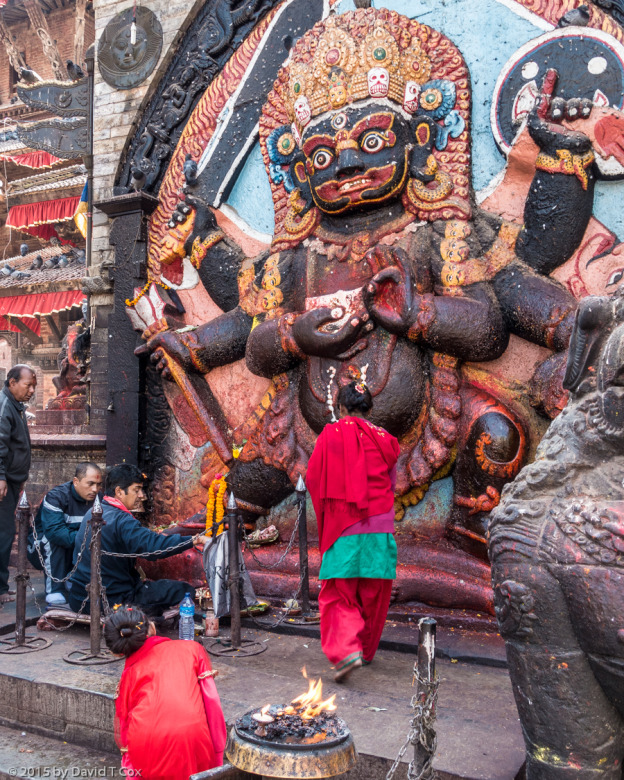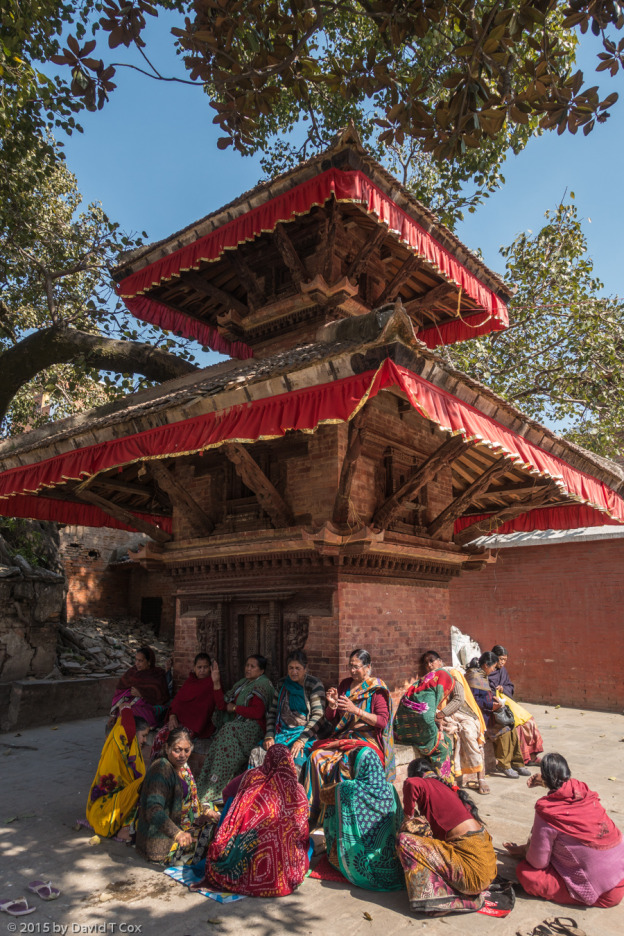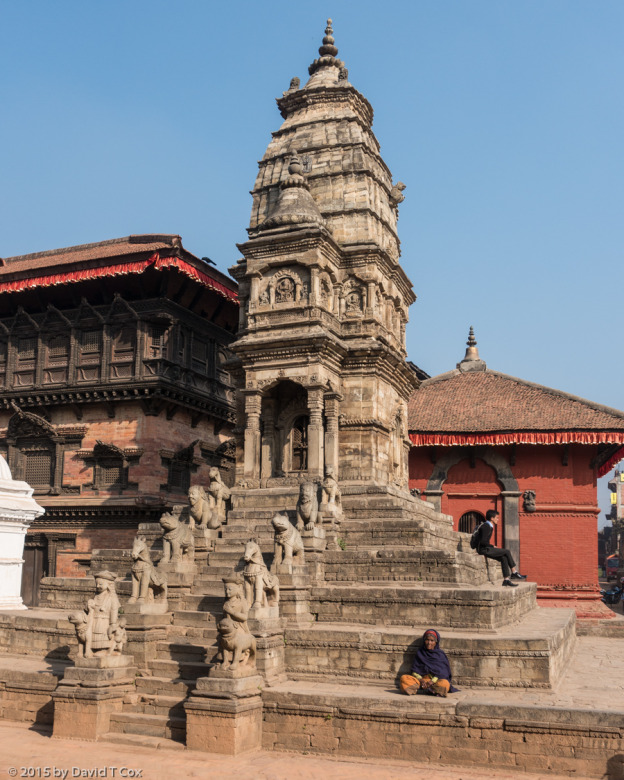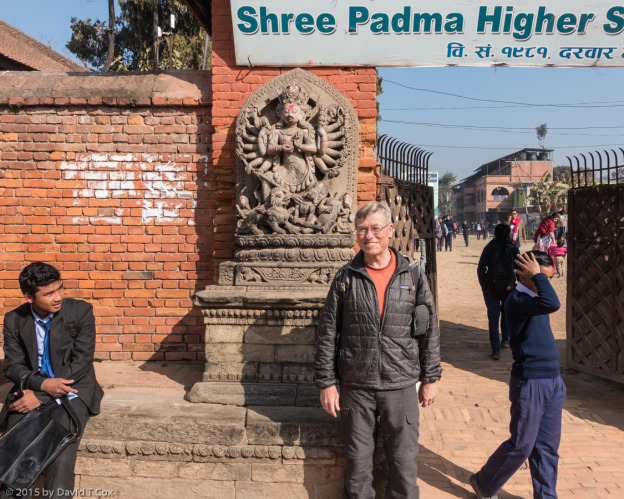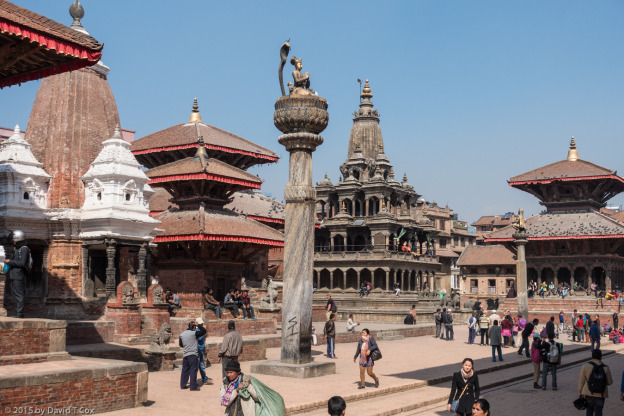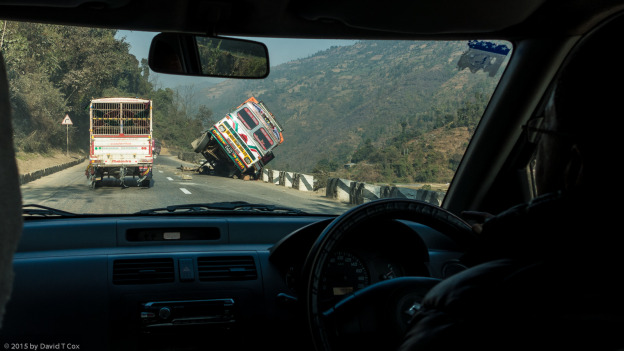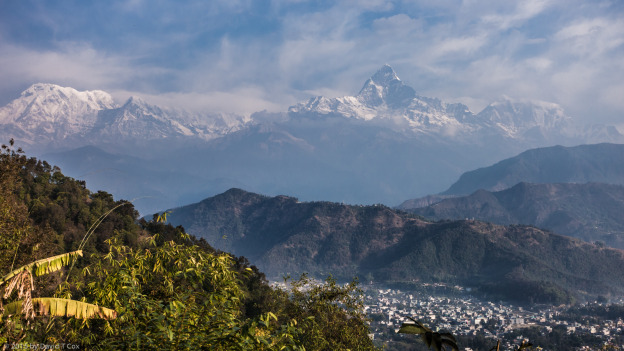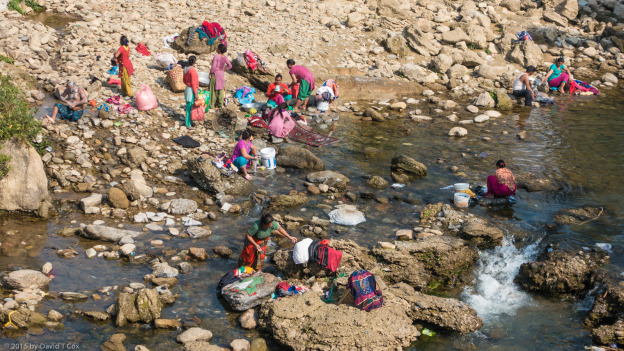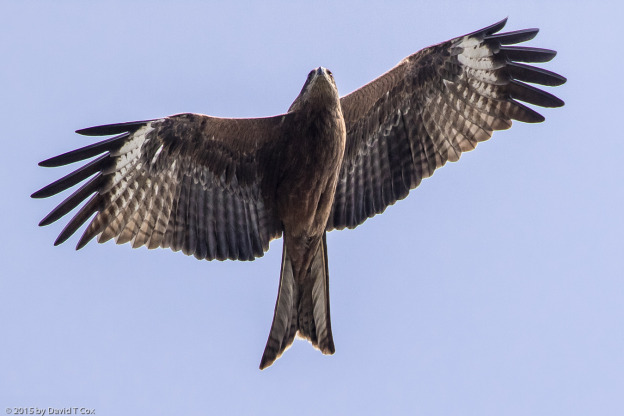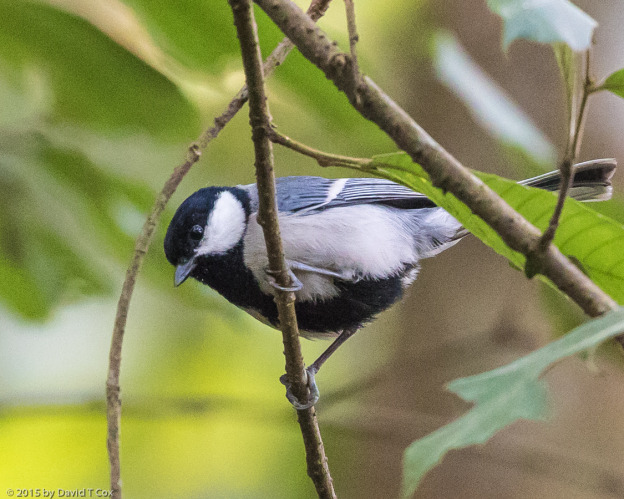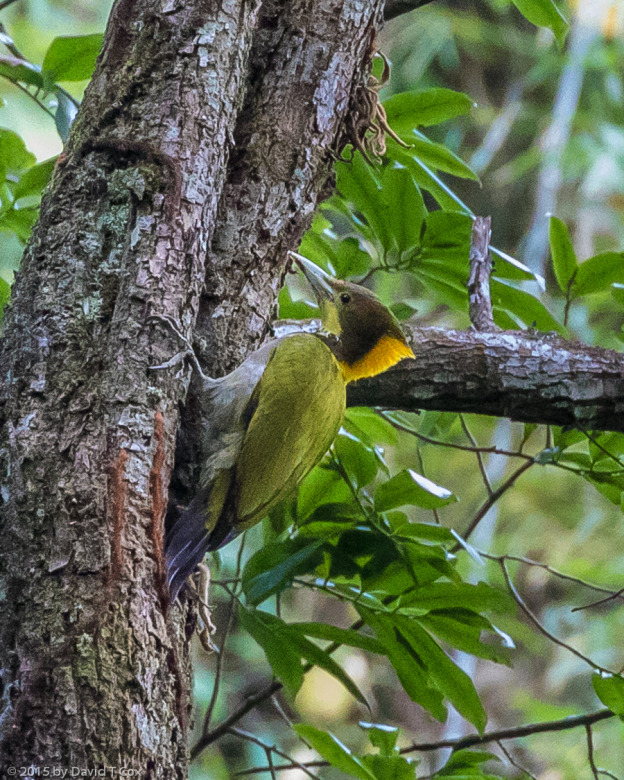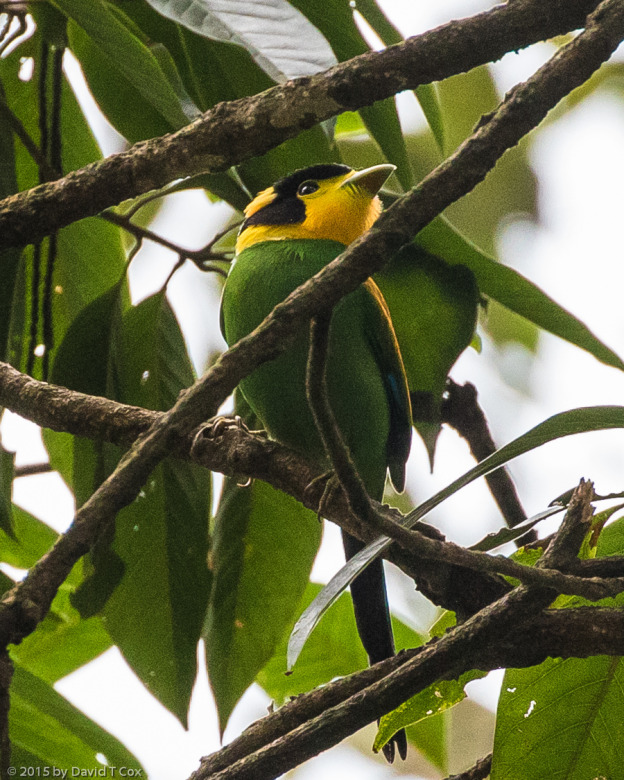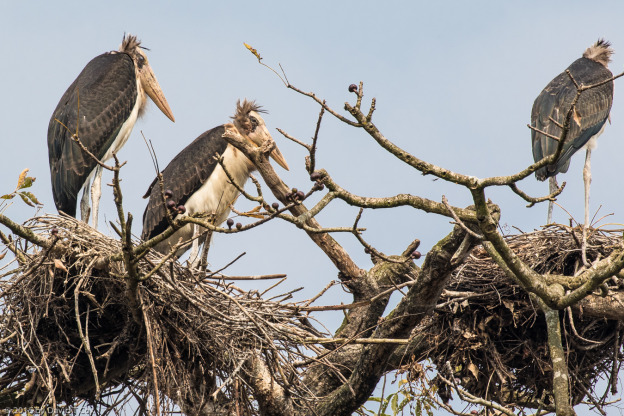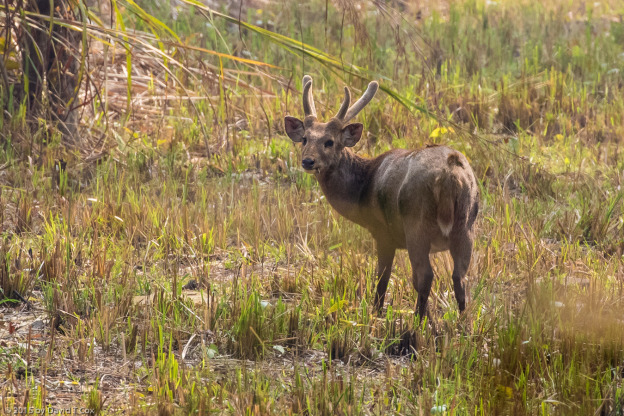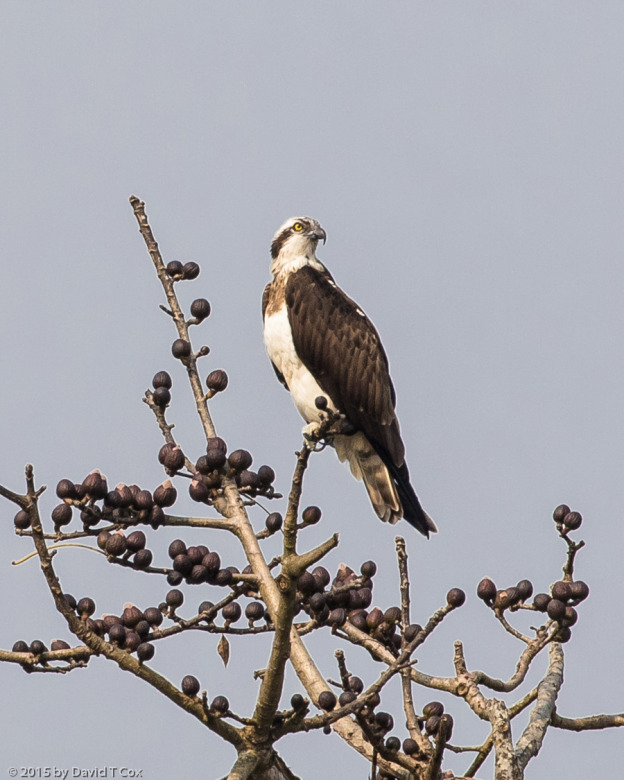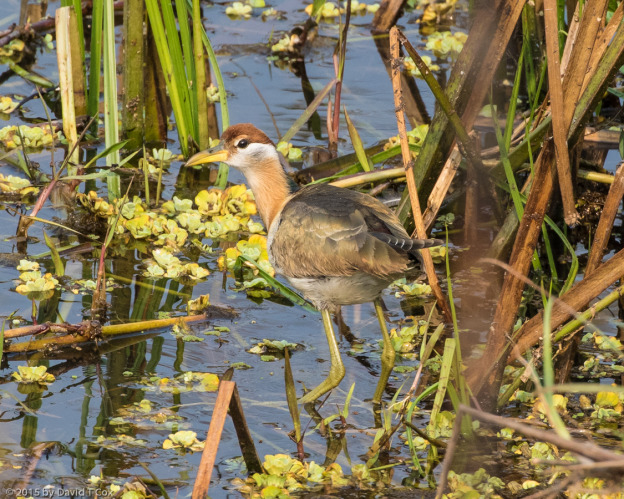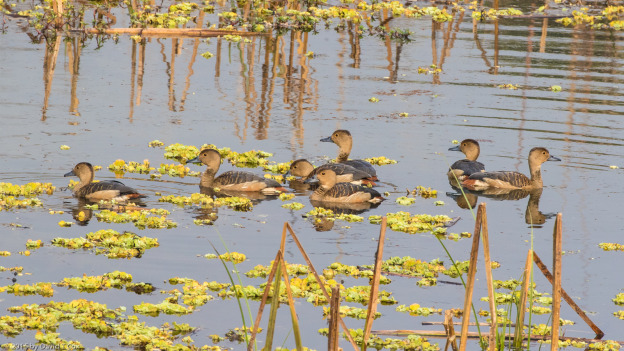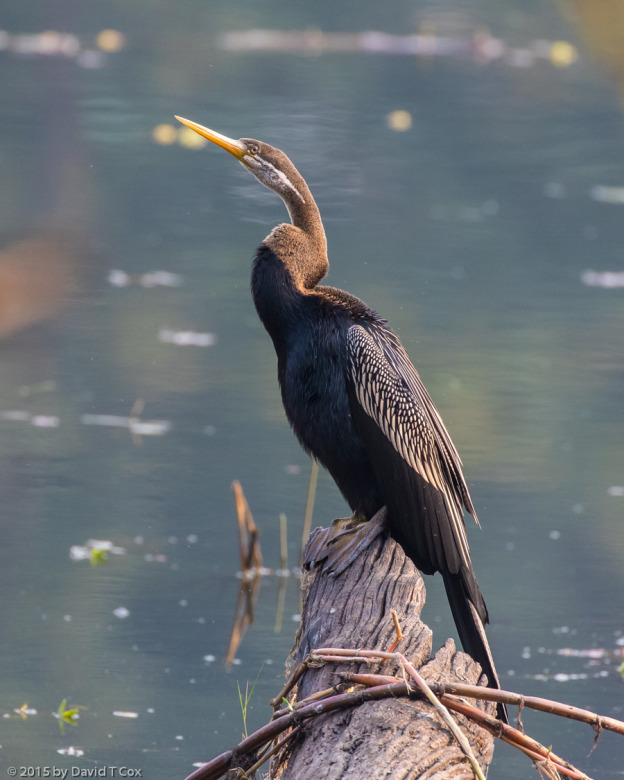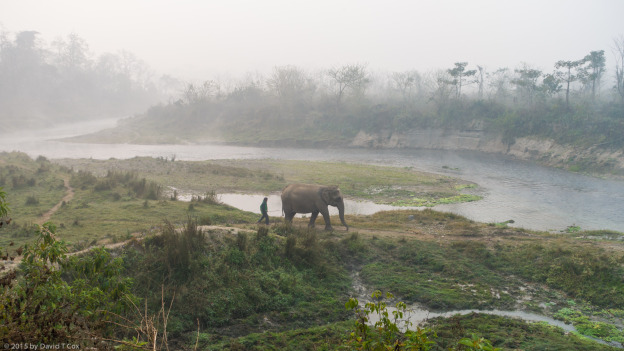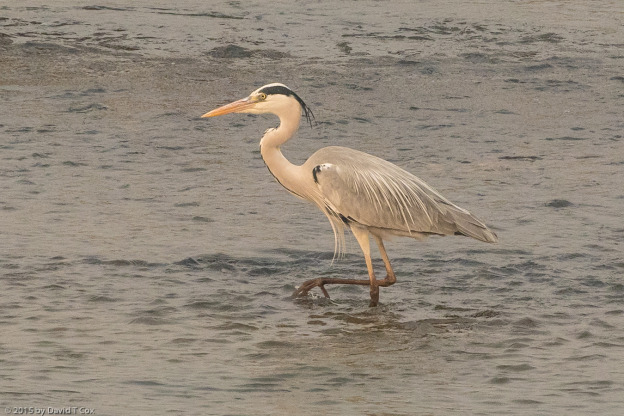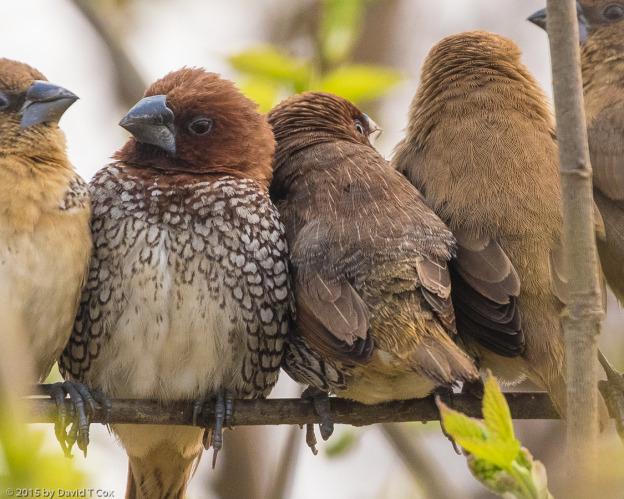All Photos Are Below the Travelogue Text
Click on Any Photo To Open Slide Show
To print the travelogue, right click anywhere on the page. Choose "Print" from your browser dialog box. You can choose Save to PDF in the browser print window.
Share your thoughts.
Email Dave - coxdavid55@hotmail.com
From Delhi I flew to Kathmandu 9 days ago; I again had a little trouble clearing security – my daypack is filled with camera and hiking items, most of which have metal. The Indian security, much tighter than in the USA, requires every item with any metal to be removed and put in separate containers for inspection – a very time consuming process for me (I do not trust most of these items to my checked luggage).
Kathmandu has certainly changed since my last visit in 1982. It has gone from a hill town, with many old wooden structures and population of 350,000 to a vast continuous concrete jungle, with terrible air and water pollution, choked streets and arteries and a population of over 3 million. Getting to see the sites was a real chore. Still – the entire valley is named a World Heritage Site for 7 remarkable core areas – I visited 6 of these. The capitals of three Kingdoms which ruled the Valley from the 12th through the early 18th centuries, Kathmandu, Bhaktapur and Patan, each has an ancient center called Durbar Square. Here one finds the old palaces and temple pagodas, mostly constructed of brick and wood from the 15th through the early 18th centuries, with intricate carvings in the wood. Pillars and stone gods abound.
The monuments are a photographer’s dream – which creates a photographer’s problem, identical to one I encountered in the Cambodian Angkor Watt temples. Roughly 90% of the tourists here are from mainland China, coming by the thousands in large tour groups. Numbers of young women come with friend, husband or contract photographers, I don’t know which, and perch themselves as “models” before and upon the temples, statues, windows or any spots providing photogenic opportunities. They dress in spectacular colors, favoring local indigenous clothing, with gaudy jewelry, and the males with the cameras start shooting. I have not figured out whether this is just a form of self-absorption or whether these are women trying to create portfolios for entering careers as models. Whatever, it is a bit of a nuisance for those of us interested in the Heritage site monuments themselves. The structures should remain unadorned by dressed up wannabee models, sitting glamorously, even sulkily, but, always, sitting to block the windows, doorways, ledges, stairs or wherever. This certainly is a form of monument pollution – it should be forbidden. They strike poses, gazing through sunglassed eyes off in the distance, one arm languorously extended with a hand resting on an elephant’s or god’s head. These photo “shoots” can extend through dozens of poses.
The other Heritage sites in the Kathmandu Valley include two spectacular Buddhist Stupas, the Boudhanath and the Swayumbhunath, both dating from the 5th century. Finally, the Pashupatinath Hindu Temple is the holiest in Nepal and famous throughout SE Asia, and its site on a small river rivals the Varanasi Ghats for funerals. No one knows when the temple first was constructed – the earliest historic reference to reparations are from the 12th century – but it all is very old. I watched one entire cremation ceremony, moved by one wailing woman, presumably the wife of the deceased. The Temple monuments cover over half a square kilometer, and everywhere are both Brahmins bestowing blessings on visitors, and large numbers of Sadhus (holy, usually ascetic, men), many covered in ash, all with long hair and beards, and most wearing blazing colors. Decades ago one could ask and usually receive permission to take photos of a Sadhu, usually then giving a small baksheesh (gift). Today they band together and actively market their availability for photo opportunities for cash payment. I wonder how this commercial activity has affected their “holiness”.
From Kathmandu I drove to Pokhara, in a different Himalayan foothills valley. The road to Pokhara, the only “major” highway through central Nepal, is a death-trap. I have traveled the world and seen some dangerous mountain roads, but this was the worst I recall. Drivers of the huge trucks speed downhill, and many crazies attempt to pass on curves. We were involved in a dozen very near misses, and along the 200 km route I counted the results of 7 accidents, two clearly fatal. I advise anyone traveling this route to consider using the small prop aircraft that fly to Pokhara.
Pokhara itself sits in a valley with the highest rainfall in Nepal, close to the Annapurna Range of the Himalaya. From Pokhara, and particularly from the tops of some of the low mountains around it, one has a view of 3 of the highest peaks in the world, all over 26,000 feet. A major factor in mountains’ impressiveness is, of course, scale – the gain in elevation over one’s view point, and distance to the mountains. The Rocky Mountains from Denver, though with several 14,000 ft. peaks, tower only about 9,000 feet above Denver. Even the great Andes Peaks, which climb to over 20,000 ft., must usually be viewed from elevations of close to 8,000 feet, giving a differential of about 12,000 ft. But the Himalayas, with many peaks over 26,000 ft. can be viewed from many vantage points at under 5,000 feet, giving them over a 20,000 foot differential. This creates an “awesomeness” no other mountain range in the world achieves.
Pokhara sits on the north shore of a dammed lake, on the south side of which is the Raniban Forest. I hired a local guide to lead me on a hike though the forest – twice we had to climb about 200 meters up 60 degree slopes to gain passage around the lake, often climbing on knees to keep from careening back down the mountain side. I did get to see 8 new and glorious species of spectacular forest birds, including the Greater Yellownape, Long-tailed Broadbill, Asian Barred Owlet and Maroon Oriole; got a few pictures, but the distance, intervening growth, and under-foliage darkness made any great photography practically impossible (my apologies in advance for including a few less than stellar bird photos, but those included were some of my favorite birds).
From Pokhara I drove down a steep river gorge into the southern lowlands of Nepal to the Chitwan National Park, another World Heritage Site. I had visited here 33 years ago, and wanted to return for its famous Greater One-horned Rhinoceros, which have been critically endangered for decades (the population was under 600 in 1975, but now has been brought back to around 3,000). It is the world’s largest rhino, with heavy skin folds appearing as armored plating. The first afternoon, I watched three rhinos from my 4th floor veranda as they grazed – one crossing the Rapti River to enter the Park – about 1 km downstream. I had one early morning elephant ride into the park, but it was marred by my being paired with a family of 3 Nepalese who carried on a conversation non-stop for the first hour. I finally requested their silence so we could hear the jungle sounds (at the location for boarding the elephants is a large sign stating “do not talk”, among other admonitions). The mornings seem always to have a very heavy fog, making photography all but impossible. I took one 5 hour private jeep ride in the afternoon, with a good private bird guide, and though the birding was a little thin, we were rewarded with one excellent encounter with a large male rhino taking a water-mud bath. When it lifted its head out of the water, the wounds on its chin made clear it had been sparring with others – the guide noted it was the beginning of breeding season and the males were all fighting. I also finally got a decent photo opportunity for the seldom seen Hog Deer. Another highlight was to view nesting Lesser Adjutants, an ugly and endangered stork, related to the Marabou Storks of Africa (see photo for a face only a mother could love).
As an aside, in the interior of Corbett National Park, and here at Chitwan, where there is no refrigeration and the electricity may run half the time, making cold beer unavailable, I have been drinking a Nepalese dark “oak-aged” Rum which I find far more palatable than the local whiskey. Even here in Nepal I find the Indian food very good. Tomorrow I fly back to India, to Kolkata for a couple of days, and from there up to Assam in the far northeast to join my Canadian friend Ken Pease and his wife; we will visit the Kaziranga National Park and then head south to central India. Later. Dave
- Great One-horned Rhinoceros crossing Rapti River into Chitwan, Chitwan NP, Nepal
To print the travelogue, right click anywhere on the page. Choose "Print" from your browser dialog box. You can choose Save to PDF in the browser print window.
Share your thoughts.
Email Dave - coxdavid55@hotmail.com
